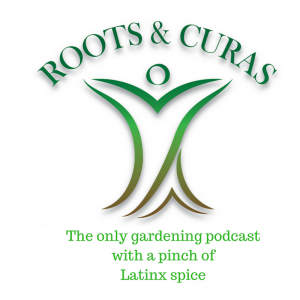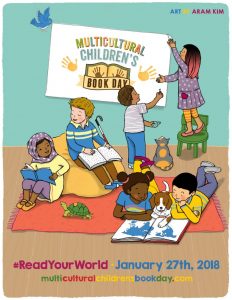LatinaLista — Last week, a new musical exhibit opened in Washington, DC called American Sabor: Latinos in U.S. Popular Music. As anyone knows, at least in the Latino community, Latino music doesn’t fit just one style or is all from the same culture, though it’s lumped altogether under the same “Latino” label.
According to Ranald Woodaman, of the Smithsonian Latino Center, “In a huge way, what this [exhibition] is about is not just Latino music in a bubble, which, as we know, never exists in a bubble. It really is a huge story about Latin music, kind of at the heart of America.”
What makes this exhibit unique is that it identifies Latino music from five cities that became known as hubs for Latin music production — New York, Miami, San Antonio, Los Angeles and San Francisco.
From salsa to cumbia to Tex-Mex to merengue to even political and civil rights tunes, the exhibit covers a wide spectrum of what inspired and defined Latino music. The exhibit also features the trailblazers of Latino music history, as well as, nostalgic mementos of bygone eras.
With music playing in the background, the exhibit features maps, original records, fliers, promotional posters, videos, films and other ephemera from the era, including: Carlos Santana’s mariachi, Eva Ybarra’s accordion, a Celia Cruz outfit, original records from both independent and commercial music labels, as well as items from Héctor Lavoe, Ruben Bladés and Gloria Estefan, among others, tell the story. Listening booths, a mixing station and a dance floor encourage visitors to be a part of it.
The exhibit will be at the S. Dillon Ripley Center’s International Gallery in Washington DC until October 9 and another version of the exhibit is traveling around the country, but if you can’t wait to see the exhibit in person, you can see and hear it online.
The website of American Sabor: Latinos in U.S. Popular Music reflects the physical exhibit with an added twist — no lines to stand in to try your hand at mixing your own music or reading the biographies of all the great Latino music artists.
Another cool feature is that you can pick each city (of the five cities known for Latin music production) to find out who are the musical artists from that area, the music they played and see pictures and listen to video interviews. To cap off the online experience, there is an online jukebox with over 40 selections starting from the early days to today, all performed by various artists from around the country and the Caribbean.
Ranging from Celia Cruz and Tito Puente to Little Joe y La Familia and Freddy Fender to Los Lobos and Los Tigres del Norte, each selection — and we’re not talking iTunes teasers — illustrate why Latino music is not only timeless but finding a whole new generation of fans.
“I’d like people to come to this exhibit and basically get a sense of how varied, especially by region, Latino music traditions really are,” Woodaman says. “It’s really old, it’s been in the United States for a long time and … at the end of the day, what we call Latin music is part and parcel of the American experience.”





